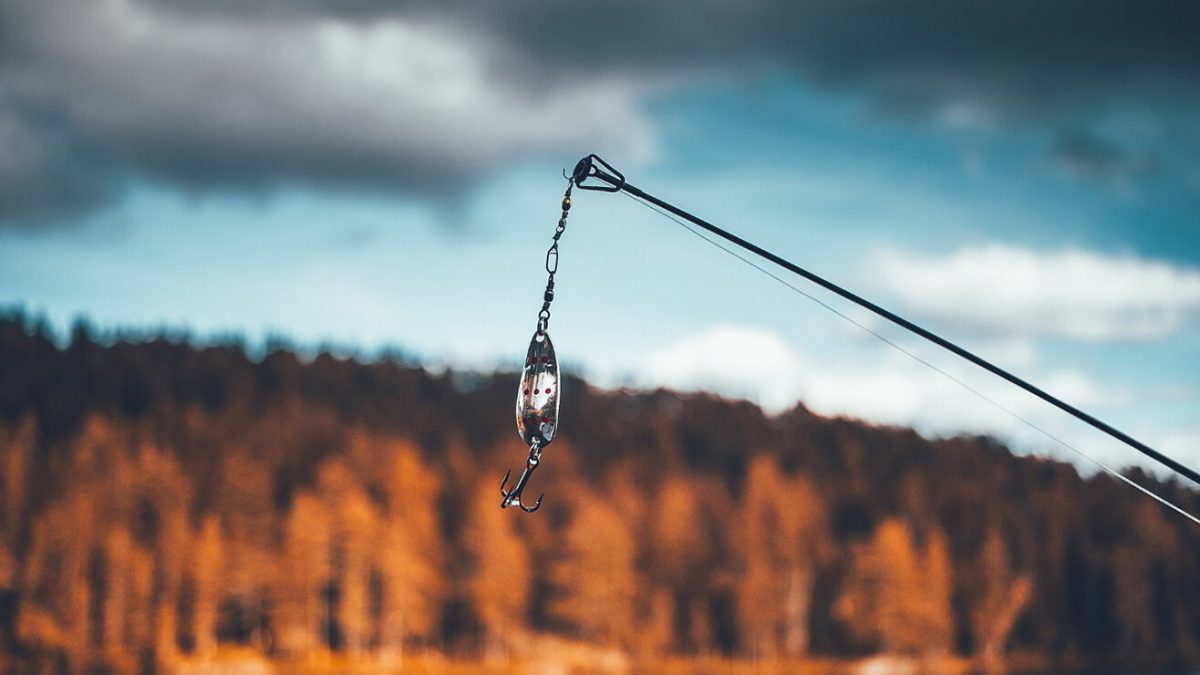We all know a clickbait article when we see one. A catchy headline invites you to click through by hinting at outrageous or unbelievable article contents. It provides just enough detail for you to pause and think, “OK, why not?”
In my experience, 9 times out of 10, not actually worth it. And, I’m not the only one who thinks so.
Different platforms are starting to crack down on clickbait. Some of these measures could hurt those generating quality content, even if the article is not really positioned as clickbait. Here’s an overview of what’s happening, and how video can help prevent your posts from being erroneously flagged as clickbait.
The Truth About Clickbait
Clickbait has been an effective content marketing tactic. Just like email subject lines, a lot of marketers focus intensively on optimizing titles to get readers to click on an article.
There’s nothing inherently wrong with that. As Tim Marchman pointed out in an in-depth article about clickbait for Deadspin, journalists and other authors have been using catchy headlines to get readers to, well, read since before the internet was a thing.
With clickbait, however, driving clicks and pageviews is the only goal. Articles that are clickbait do not add value to the content jungle of the internet, and use sensationally misleading titles to get more clicks.
Coupled with the sad fact that a lot of people will share something without actually reading it, a viral sharing cycle can form based on enticing headlines alone. As a result, a mediocre piece of lightweight content or celebrity gossip can quickly spread across the internet.
The headlines are formulaic, and can be spotted a mile away. “What happens next will shock and amaze you,” or, “Here’s a listicle, #4 is my favorite” are some of the most commonly used hooks in clickbait marketing.
It’s not that the video or listicle are higher quality than those circulating the internet a year or two ago. It’s just that marketers found a few triggers that, more often than not, would get those precious clicks. In the content farm business model, pageviews (but not time on page or other metrics of real visitor engagement) translate into ad impressions, and therefore revenue. So, improving the content behind the headline has not been the emphasis, and all too often it shows.
Platforms are Cracking Down
Clickbait by itself is relatively harmless. However, the steps certain social media giants are taking to reduce its prevalence could erode your ability to reach your audience through these channels.
Recently, Facebook began trying to reduce the volume of these spammy headlines in its users’ newsfeeds. Facebook announced on their blog that they analyzed user data to determine whether a post, usually an article, was spammy clickbait or actually of interest to people on its platform.
Specifically, they looked at engagement, and not just the number of people who clicked on it. Time spent on the page, and conversations started around the content were found to be better indicators of quality than clicks alone.
In contrast, while Twitter hasn’t taken any official action against it, there is one notable champion fighting the good fight against clickbait. Meet Saved You A Click, aka Jake Beckman, with 157,000 followers. Jake derives great enjoyment from obviating the need to click on ridiculous headlines.
Buzzfeed and other media companies have spoken out against him. But, maybe that’s because his pithy and sarcastic tweets are so effective. It might actually be the fastest way to catch up on current events and gossip. It also reflects the increase in clickbait scrutiny and fatigue on social media in general.
How to Win the War on Clickbait with Video
The key part here is focusing on what comes after the headline. Shift your metrics to what actually matters.
I don’t just mean the overall quality of what you are producing. Rather, design anything you publish online to keep your audience on the page and engaged with your content.
This is not easy. In fact, it’s really hard. To that end, one essential tool in your arsenal is video.
As more attention is being paid to time on page and engagement, video is rising in importance as a feature on your site. Time on page and engagement have historically mattered for SEO. Now, they count for social media optimization as well. Coupled with social engagement metrics, this is a powerful way to rank content going forward.
Video has been shown to increase time spent on page. Even better, site visitors who watch your video are much more likely to complete a purchase.
The data shows that video is the most effective medium for retaining site visitors, and communicating your message to them. After all, if you want people to talk about your idea or company, they need to learn about it first. Think quality over quantity.
Ready to get started with online video? Fallen victim to clickbait? Let us know in the comments below, or on Twitter!








